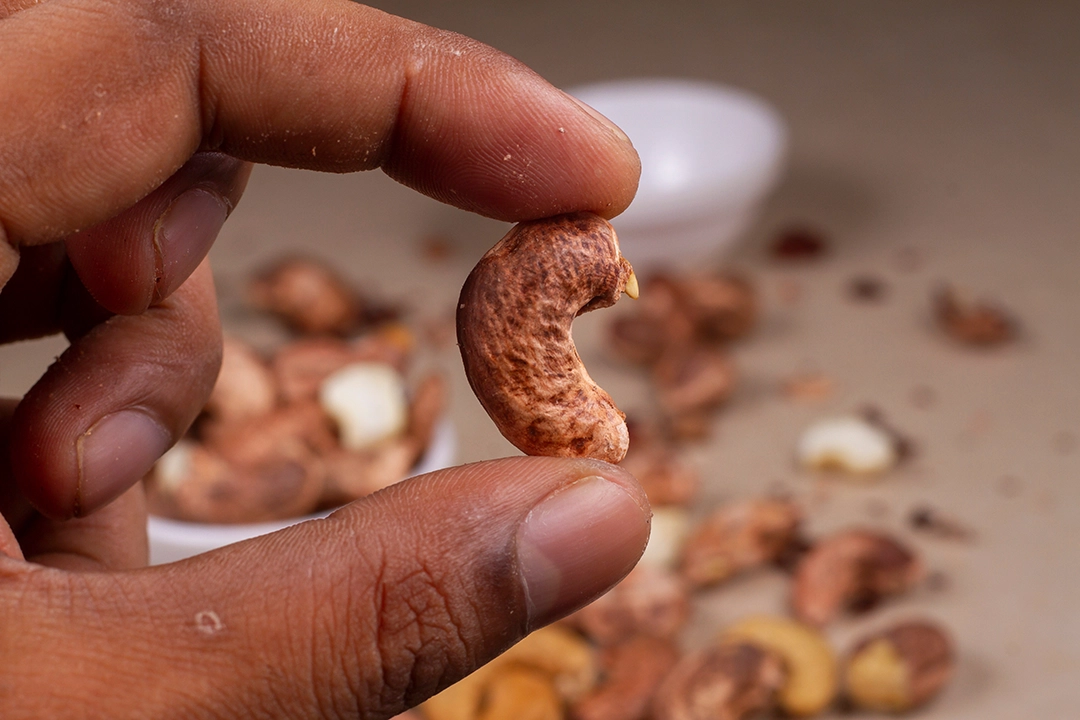Cashew nuts are a beloved and nutritious snack enjoyed worldwide, but have you ever wondered how they go from being encased in a tough shell to the smooth and delicious cashews we find in stores? The answer lies in the cashew peeling process. In this article, we will explore the intricacies of cashew peeling, from traditional methods to modern, innovative techniques.
Before delving into the various methods of cashew peeling, it’s essential to understand why this process is necessary. Cashew nuts are encased in a double shell: a hard outer shell and an inner shell that contains a caustic resin. The outer shell must be removed, and the resin neutralized to make cashews edible.

Traditional Methods of Cashew Peeling
1. Hand Peeling
Historically, cashews were hand-peeled, which is a labor-intensive and time-consuming process. This method is still used in some regions, preserving the artisanal quality of cashews.
2. Roasting and Shelling
Another traditional method involves roasting cashews to make the shells brittle and then mechanically shelling them. This method is more efficient but requires specialized equipment.
Mechanized Cashew Peeling
Advancements in technology have revolutionized the cashew peeling process. Mechanized methods offer several advantages, including increased efficiency and reduced labor costs. Automated machines can peel cashews quickly and precisely, ensuring consistent quality.
Chemical-Based Peeling
1. Liquids and Solvents
Some industrial processes use chemical solutions to soften the shell and resin, making peeling easier. While effective, this method raises environmental and health concerns.
2. Steam Peeling
Steam peeling is an alternative method that uses high-pressure steam to soften the shell. It’s a more environmentally friendly option compared to chemical-based methods.
Innovations in Cashew Peeling
In recent years, innovative approaches to cashew peeling have emerged. These innovations incorporate technology, such as robotics and AI, to improve the peeling process. High-tech machinery can precisely remove the shells while minimizing damage to the cashew kernels.
Hurdles in the Cashew Peeling Process
Quality Control Challenges: Ensuring that the cashew kernels remain intact during the peeling process can be a significant challenge. Innovations aim to minimize kernel breakage and defects.
The Future of Cashew Peeling
The future of cashew peeling is focused on sustainability and efficiency. New methods strive to reduce environmental impact, minimize waste, and increase productivity. Advancements in sustainable practices will likely shape the industry in the years to come.

The cashew peeling process is a crucial step in bringing the delectable cashew nuts to your table. From traditional hand-peeling methods to modern automated techniques, this process has evolved significantly. With a focus on sustainability and innovation, the cashew peeling industry is poised for an exciting future.

